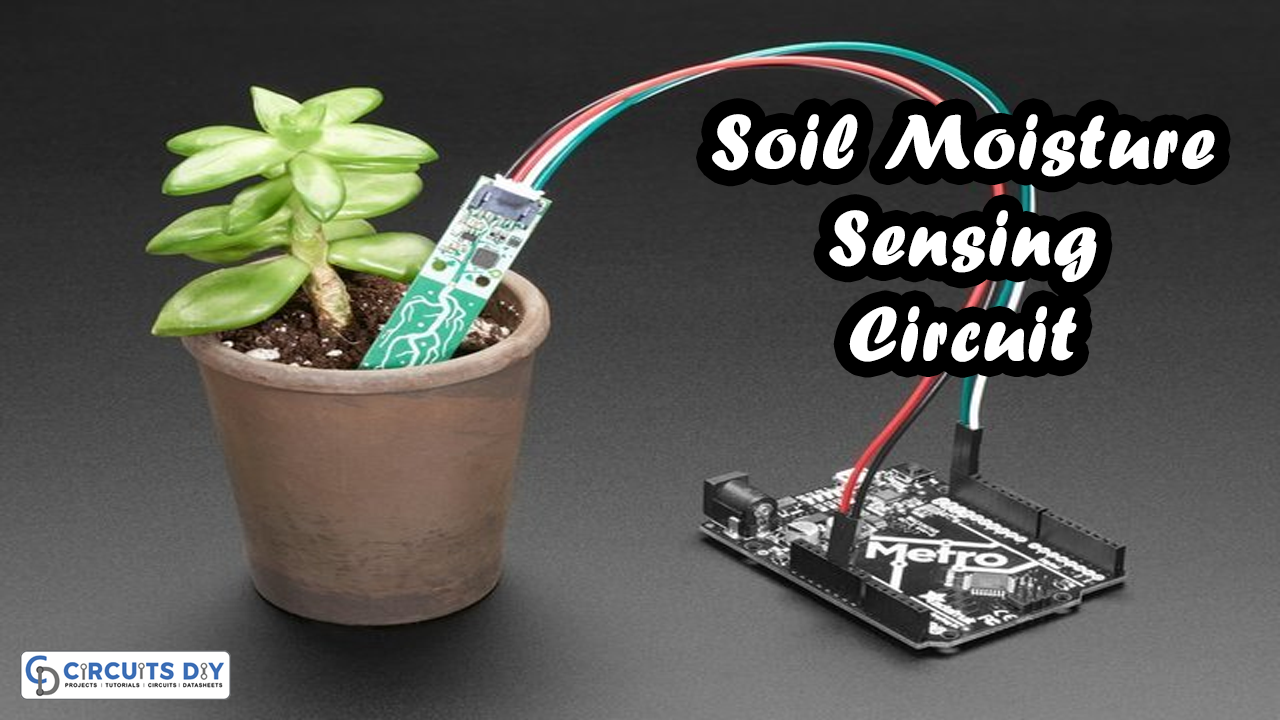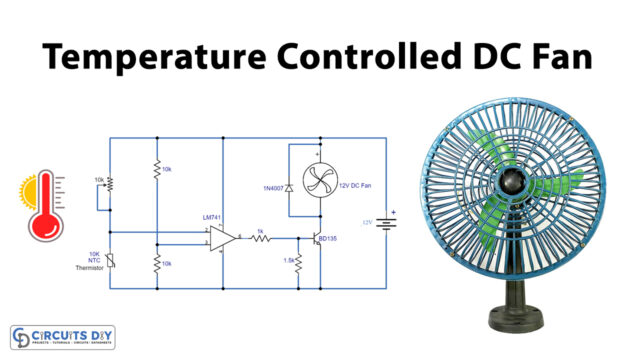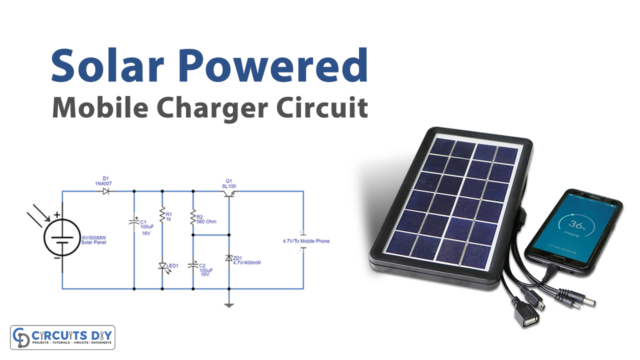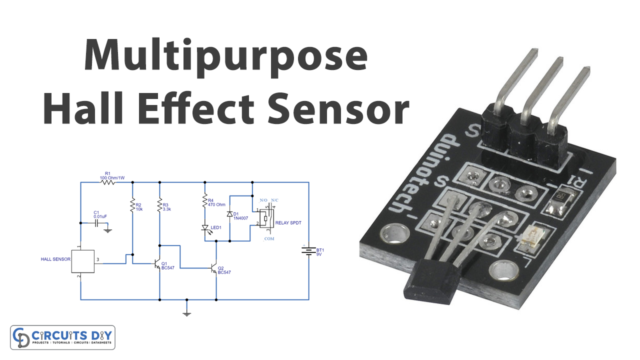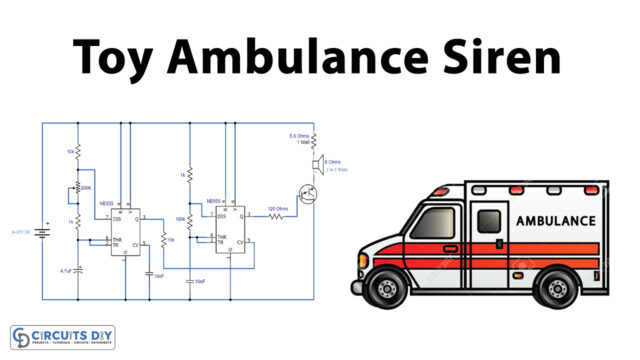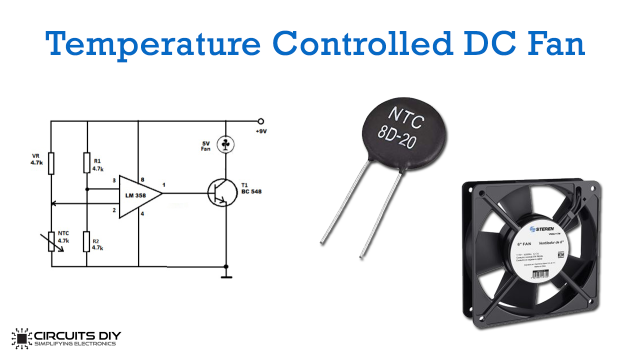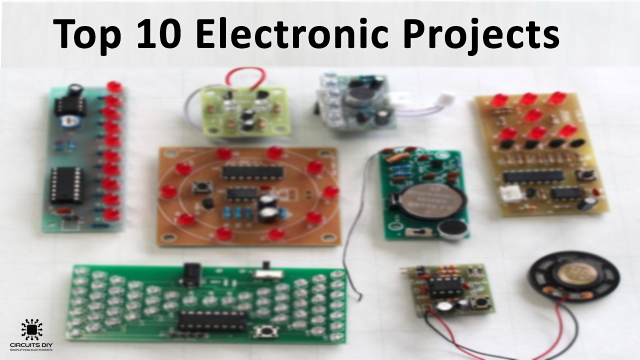In this tutorial, we are going to make a “Soil Moisture Sensing Circuit”. The soil moisture sensor is one kind of sensor used to gauge the volumetric content of water within the soil. The straight gravimetric dimension of soil moisture needs eliminating, drying, as well as sample weighting. These sensors measure the volumetric water content not directly with the help of some other rules of soil like dielectric constant, electrical resistance, otherwise interaction with neutrons, and replacement of the moisture content.
Here is a very simple circuit using IC LM3915 to measure the moisture level in the soil. The IC LM3915 is a dot/bar display driver monolithic integrated circuit that senses analog voltage levels and drives ten LEDs and provides a logarithmic 3dB/step. This IC operates with a minimum 3V to maximum 25V DC bias.
Hardware Required
| S.no | Component | Value | Qty |
|---|---|---|---|
| 1. | IC | LM3915 | 1 |
| 2. | Zener Diode | 2.7V | 1 |
| 3. | ON/OFF Switch | – | 1 |
| 4. | Variable Resistor | 50KΩ | 1 |
| 5. | Resistor | 2.2KΩ,75K,12KΩ,5.6KΩ,1.2KΩ | 1,1,1,1,1 |
| 6. | Capacitor | 100uf/16V | 1 |
| 7. | Connecting Wires | – | – |
| 8. | LED | – | 9 |
| 9. | Battery | 9V | 1 |
Circuit Diagram
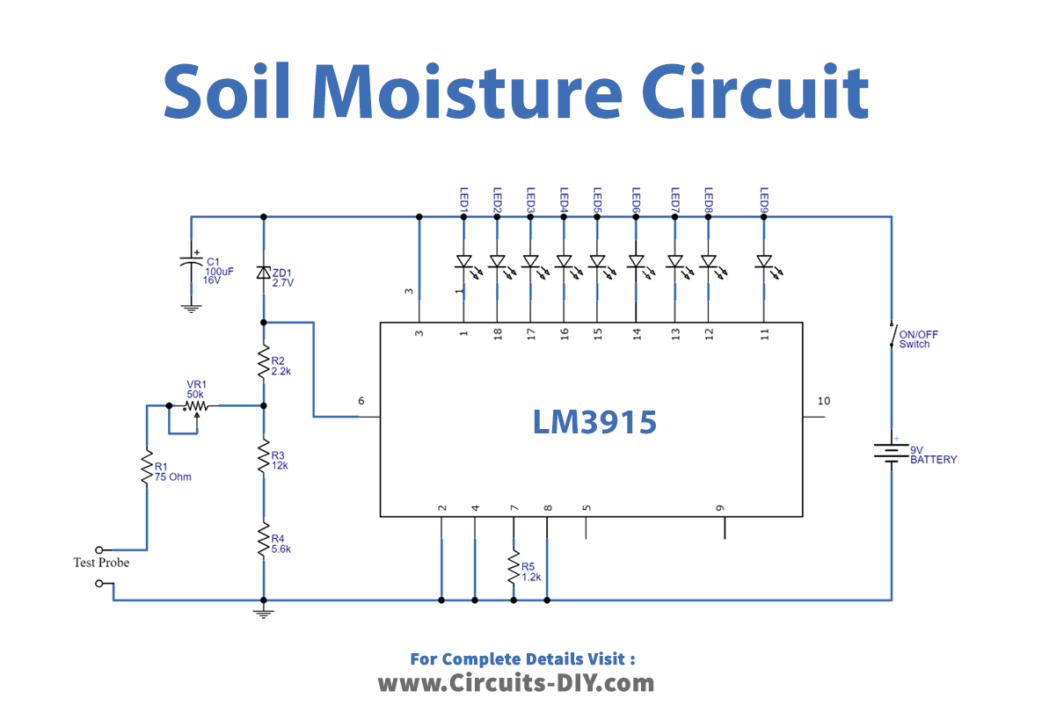
Working Explanation
This sensor mainly utilizes capacitance to gauge the water content of the soil (dielectric permittivity). The working of this sensor can be done by inserting it into the earth, and the status of the water content in the soil can be reported in the form of a percent. Here the LM3915 is connected to a 9V battery and ten LEDs are connected to the output terminals, using different colored LEDs for different levels of output. The test probe is connected between divider resistors R2 and R3 through VR1 and R1 resistors. The probe brings ground to the reference voltage at pin6 and makes the variations to the reference voltage, depending on the reference voltage LEDs are driven to glow. Use slew less single-strand copper wire (or insulation removed copper wire) as a test probe, and it could measure the moisture level in the soil. Place the test probe ground pin and test probe pin closely (like in centimeters).
Application
This circuit is perfect to execute experiments within science courses like environmental science, agricultural science, biology, soil science, botany, and horticulture.

